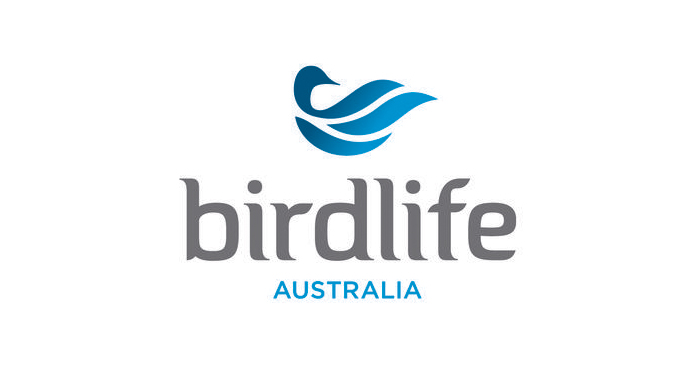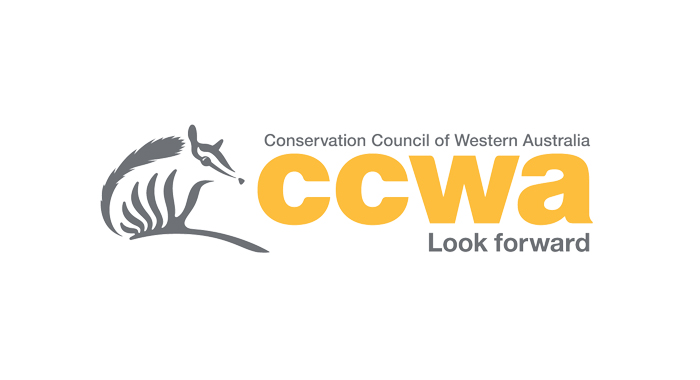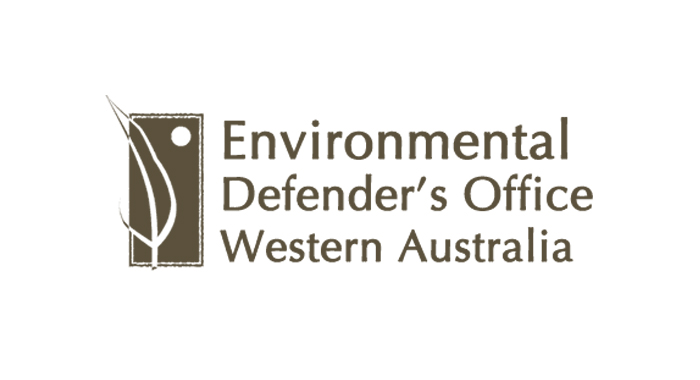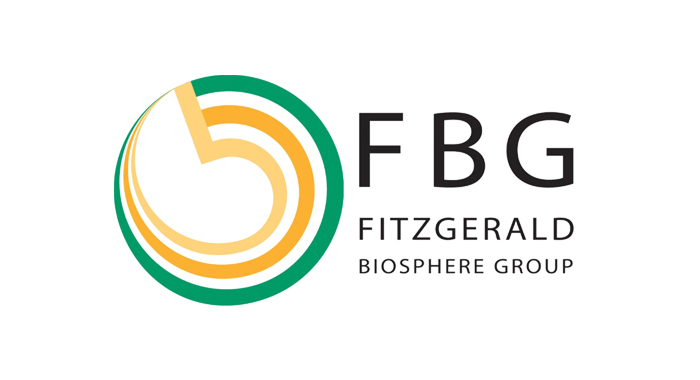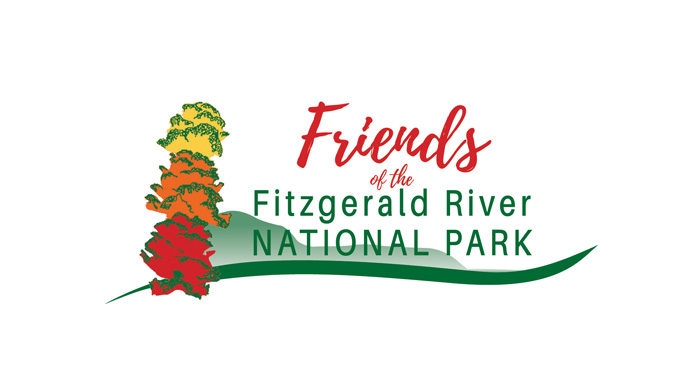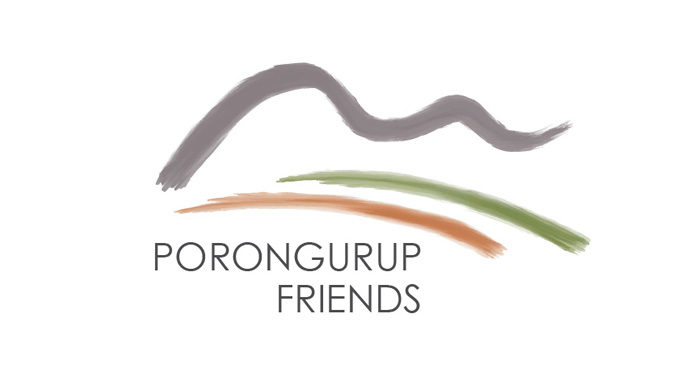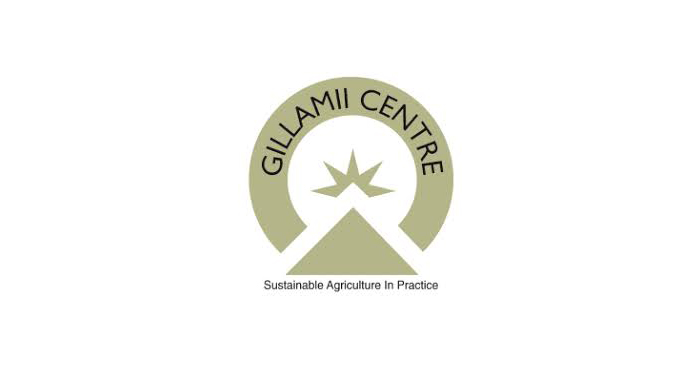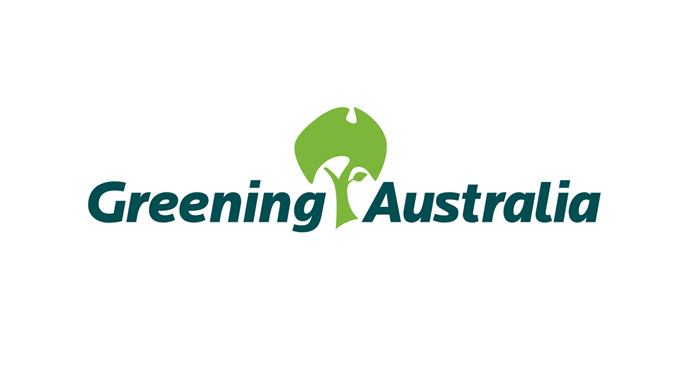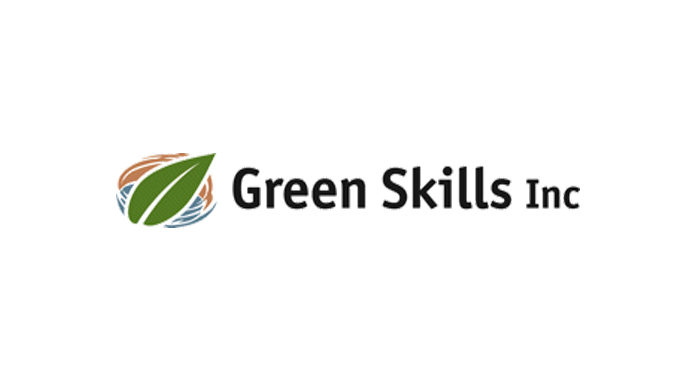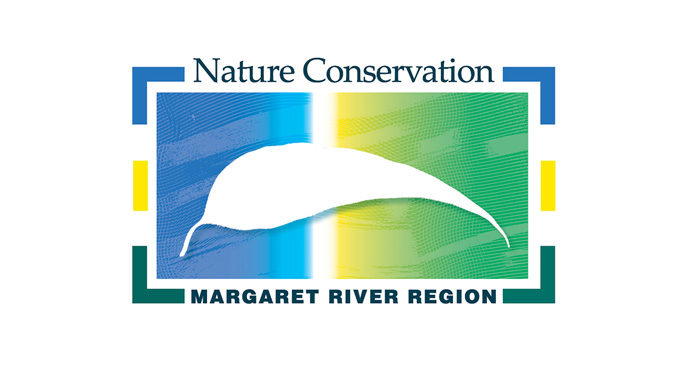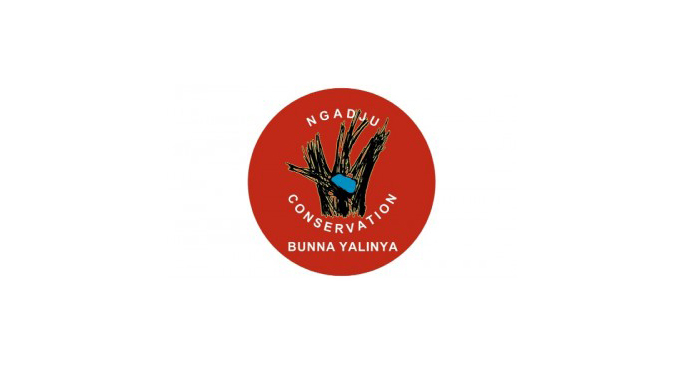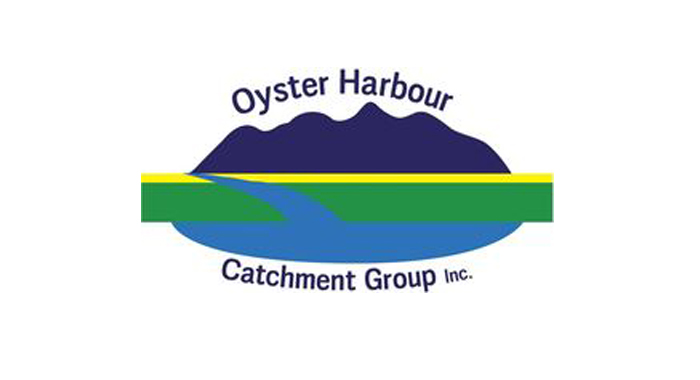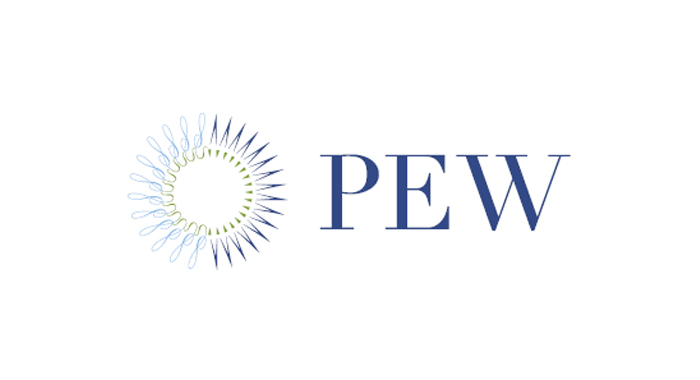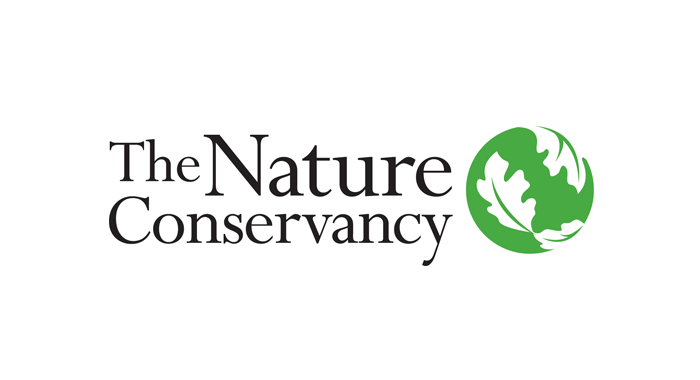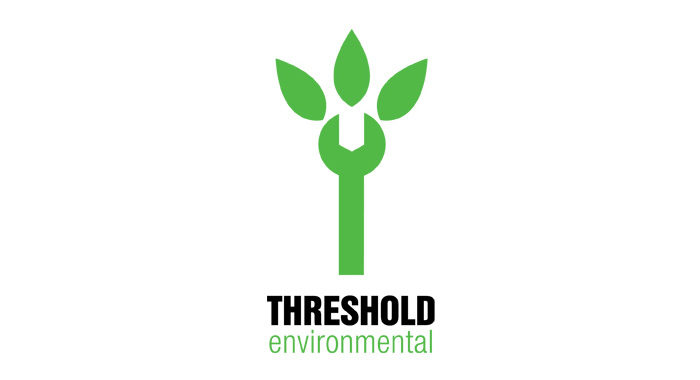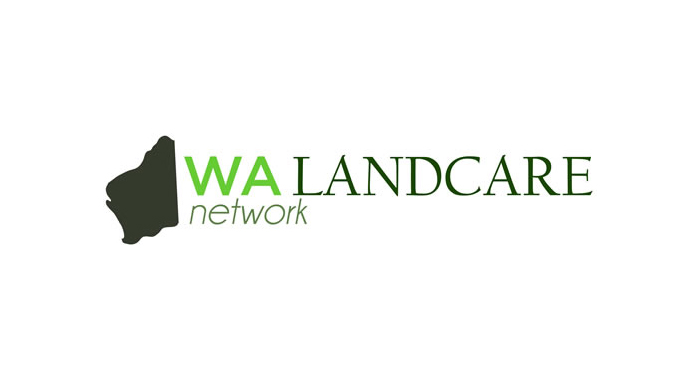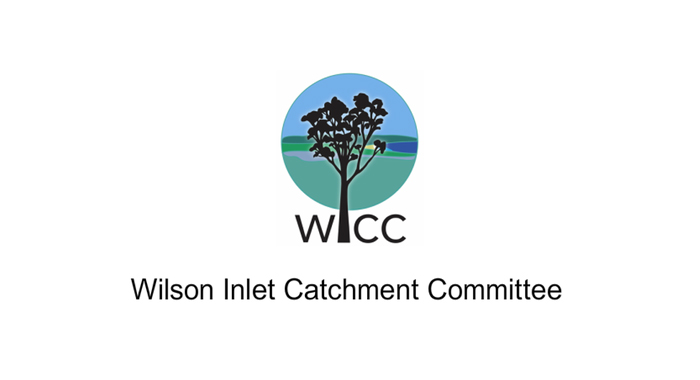Like the remarkable ecosystems of Gondwana Link, the groups and individuals involved in achieving the Gondwana Link vision are diverse and broad in scope, and can change across the years while our overall system stays strong.
Individual champions
Many individuals actively contribute to the Gondwana Link program. Volunteers contribute their time and energy and donors contribute significant financial resources. And then there are the conservation buyers who purchase and restore properties across the Link. There are too many individual champions to list! It seems unfair to pluck out the names of just a few individuals from the many hundreds of wonderful people we have worked with, but here are a few of their stories. More are being gathered to share.
Find out more about how you can get involved.
Organisations involved
Some groups have been with us since day one, some come with an opportunity and then focus elsewhere. Most work in specific sections of the Link, though some support work across multiple sections. Here are some of the groups we have worked with over the last 18 years.





